Encounter the rare Lichtenstein’s Hartebeest in Kruger National Park. Learn about its behaviour, speed, habitat, and where to see it on your next safari.
10 Strange and Fascinating Facts About the Banded Mongoose
Discover the quirky habits and social life of the banded mongoose. From synchronized births to snake-fighting skills, learn why these small mammals are Kruger's hidden gems.
The banded mongoose (Mungos mungo) is one of the most social and resourceful creatures found in Kruger National Park. These small but spirited animals are known for their incredible teamwork and quirky habits. If you’ve ever stayed at Needles Lodge, you may have even spotted them roaming around as part of the lodge’s "local residents." Here are 10 of the most intriguing and bizarre facts about these little warriors of the African bush.
1. They Live in Mobs—Literally
Banded mongooses are highly social animals that live in groups known as mobs or gangs, consisting of up to 40 members. These mobs stick together for protection, foraging, and even child-rearing. Living in such large, tight-knit communities helps them survive in a world full of larger predators like lions and hyenas.
Similar to other lesser-known species in Kruger, like the serval and aardwolf, their fascinating social structure helps them survive in the wild.
2. Pups Get a "Buddy System"
In banded mongoose society, pups are assigned an adult escort—an older member of the mob who takes on the responsibility of protecting and guiding them as they learn to forage. This escort, often a male, ensures the pup stays safe and learns vital survival skills. Interestingly, pups develop a preference for specific adults and will follow them closely on daily foraging trips.

3. They Love "Group Parenting"
Banded mongooses practice communal care, where all the females in a group give birth around the same time, and the whole mob pitches in to raise the young. This way, the workload is shared, and all the pups are cared for equally. Females will even nurse each other’s offspring, creating a communal "daycare" that ensures the pups’ survival.
Learn more about the snakes of Kruger that coexist with these brave little mongooses.
4. They Have a Secret Weapon Against Snakes
Known for their snake-fighting abilities, banded mongooses can take down venomous snakes thanks to their quick reflexes and tough skin. While not immune to snake venom, their agility allows them to dodge strikes and retaliate with coordinated attacks, often overwhelming the snake with sheer numbers.

5. They’re Vocal and Chatty
Banded mongooses use a wide range of vocalisations to communicate with their group members. From high-pitched squeaks to chirps and growls, these mongooses use at least 12 distinct sounds to coordinate activities, warn of danger, or simply keep the group in sync during foraging expeditions.
6. They Engage in Mongoose "Wars"
Despite their small size, banded mongooses can be fiercely territorial. When different mobs encounter each other, they can engage in brutal territorial wars. These clashes can last for hours, with large groups of mongooses fighting to defend their turf. These battles can result in injuries and even fatalities but are a crucial part of maintaining territory.
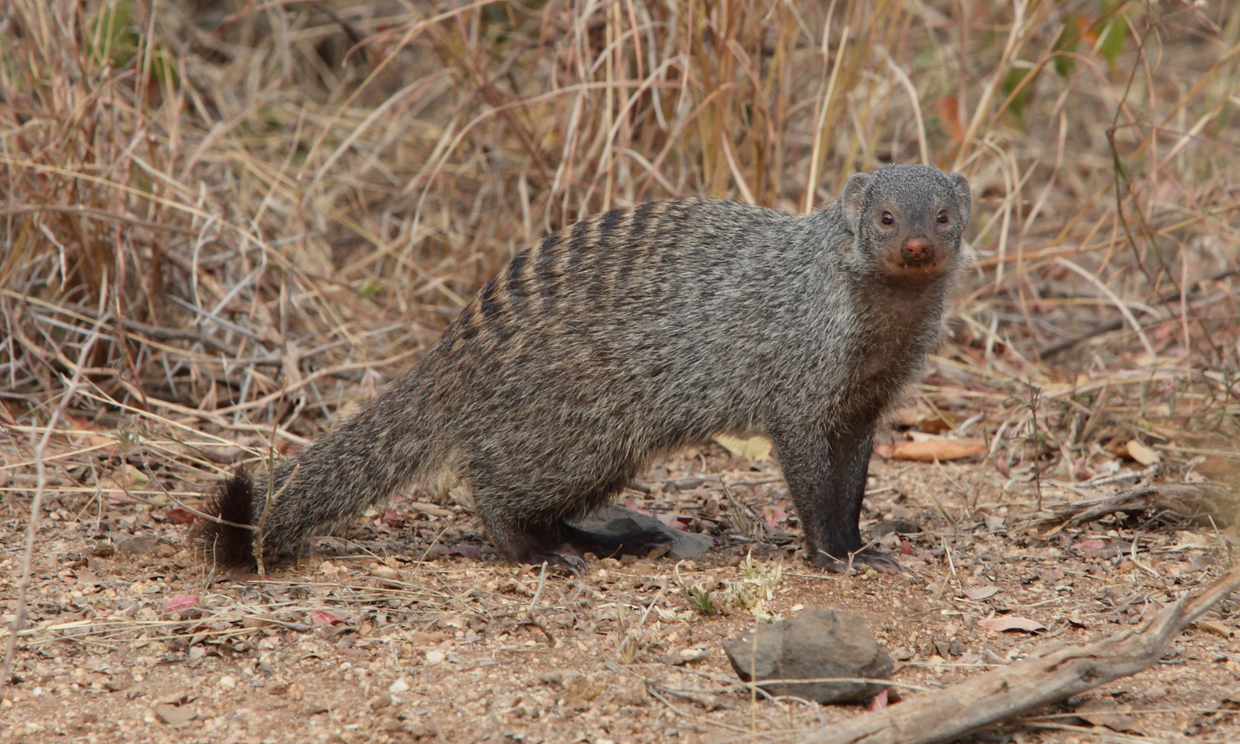
7. Egg-Cracking Experts
Banded mongooses have been observed using tools to crack open hard-shelled food like bird eggs. They will toss the egg between their legs towards a rock with enough force to break it open—an impressive display of problem-solving skills that puts them in a unique category of tool-using animals.
8. Synchronized Births: Timing is Everything
One of the most unusual aspects of the banded mongoose is their ability to synchronize births. Females in a mob give birth within a few days of each other, ensuring that all the pups are raised together. This synchronicity is beneficial for collective nursing and protection, with the entire mob sharing the responsibility of raising the young.
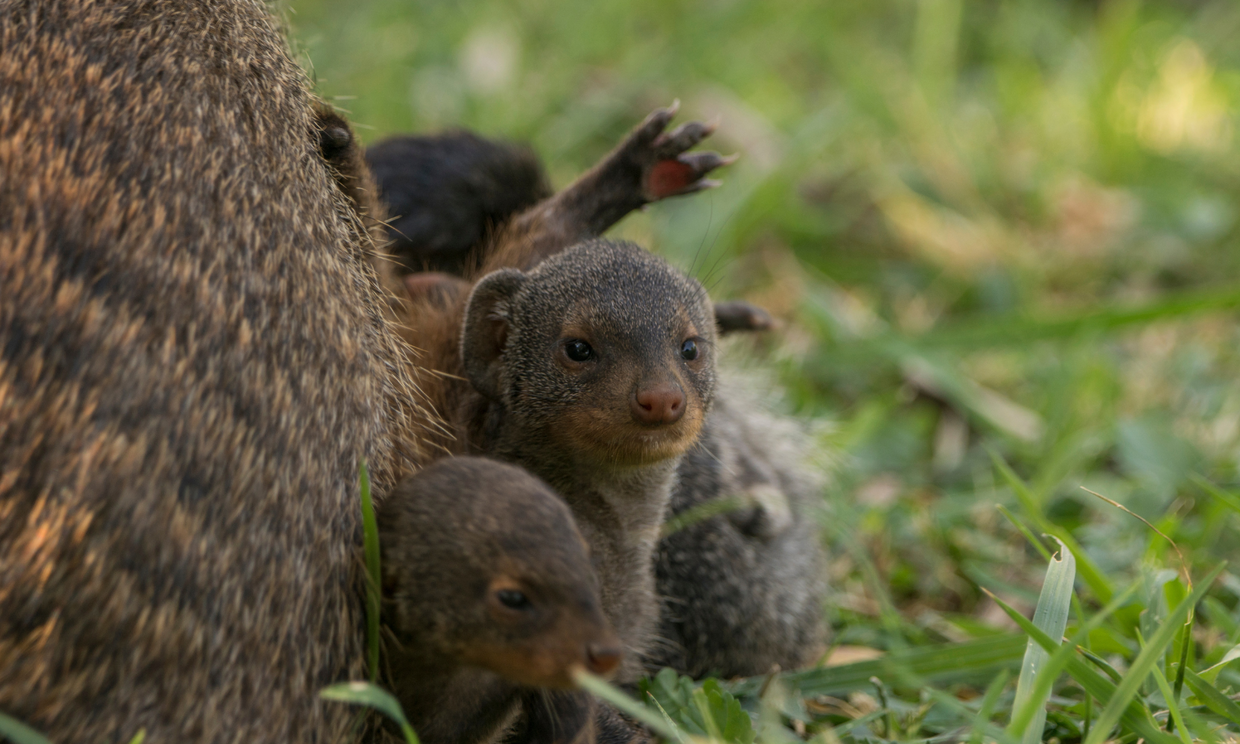
9. Picky Groomers
Mongooses take hygiene seriously. After a long day of foraging, they engage in meticulous group grooming sessions. Grooming not only keeps them free of parasites but also strengthens social bonds within the group, keeping the mob cohesive and functional.
10. Banded Mongooses Can Be Seen at Needles Lodge
At Needles Lodge, you might just encounter these curious creatures as they scurry about the grounds, foraging for insects or simply interacting with their mob. As one of the "locals" at the lodge, they’re a fascinating sight for guests to witness up close in their natural habitat. Watching these little animals go about their day offers a glimpse into the complex and remarkable lives of Africa's smaller, but no less significant, residents.
The banded mongoose may be small, but their unique social behaviours, intelligence, and resilience make them an essential part of Africa’s wildlife. From their fearless snake battles to their communal way of life, these animals are endlessly fascinating. If you stay at Needles Lodge, you might just spot them scurrying by, a living example of the diversity and vibrancy of Kruger National Park.
Further Reading
Discover the fascinating world of lions in Kruger National Park. Learn about their pride dynamics, hunting strategies, and conservation efforts. Plan your safari with Needles Lodge today!
Discover the elegance of the kudu in Kruger and Marloth Park. Explore its habitat, role in the ecosystem, and cultural significance. Spot these locals at Needles Lodge.
Discover tips for surviving the summer heat in South Africa’s bushveld. Learn how to stay cool while exploring Kruger National Park and Marloth Park.
Experience Marloth Park’s stunning night sky and the unique sounds of the African bush at Needles Lodge. A perfect retreat for stargazing and nocturnal wildlife enthusiasts.
The African Pygmy Kingfisher, found near Needles Lodge, is a vibrant bird with electric blue, orange, and purple feathers. Despite its vivid colors, it blends into dense foliage. A skilled hunter, it catches insects with precision. Males perform aerial dances during breeding season. Adaptable and solitary, it nests in riverbanks or termite mounds. Though not endangered, habitat loss is a concern. Spotting this bird at Needles Lodge is a special highlight.
For solo female travelers passionate about adventure, wildlife photography, and diverse cultures, South Africa is the ultimate dream destination. Explore breathtaking landscapes, abundant wildlife, and warm hospitality in this captivating country. Discover what makes South Africa a must-visit for intrepid women like you. Dive into wildlife encounters, cultural immersions, and unforgettable experiences.
Discover the aardwolf, a unique hyena cousin residing in southern and eastern Africa. This enigmatic creature's insectivorous diet, solitary lifestyle, and intriguing behaviors make it a fascinating and misunderstood member of the animal kingdom. Explore its remarkable adaptations and essential role in maintaining ecological balance, shedding light on the significance of conserving this captivating species.


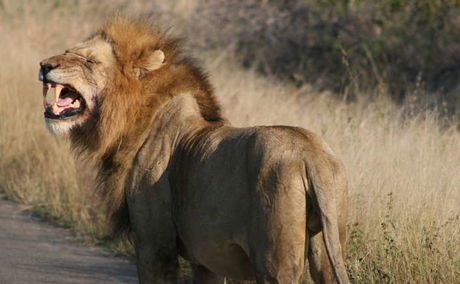
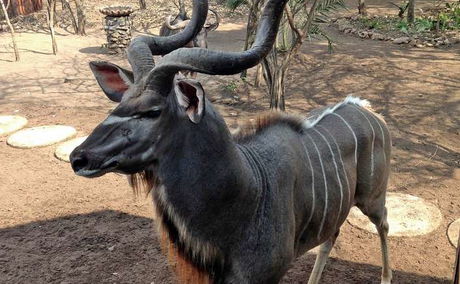
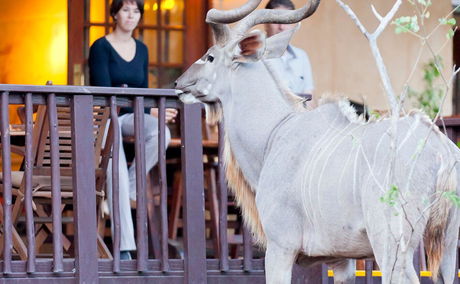

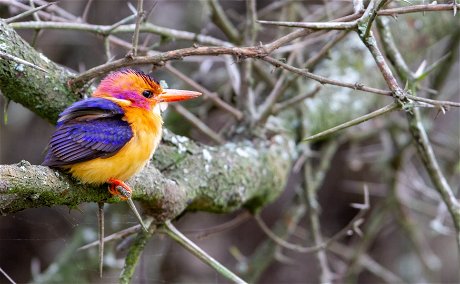


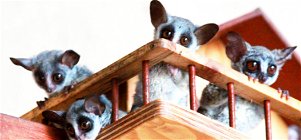

Share This Post